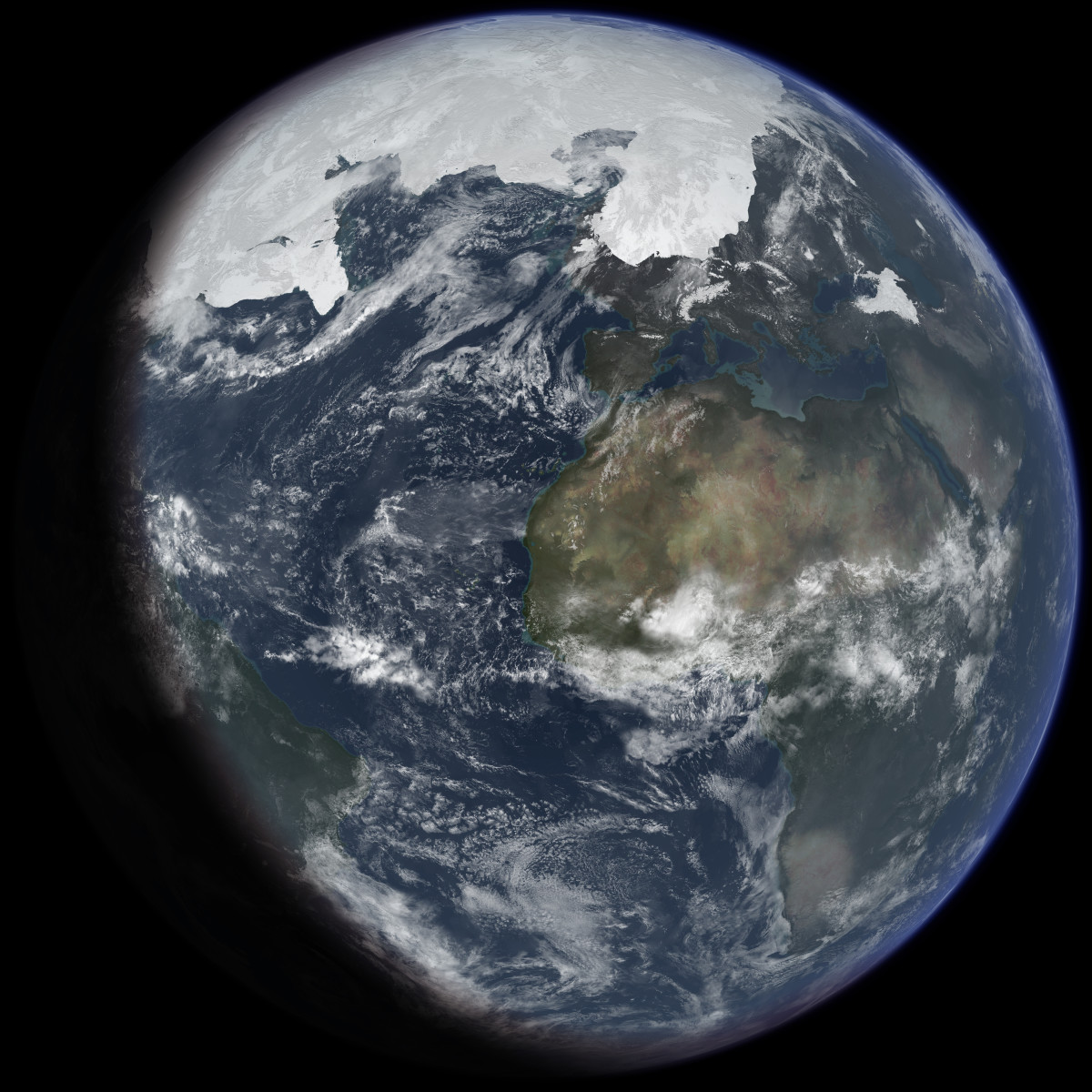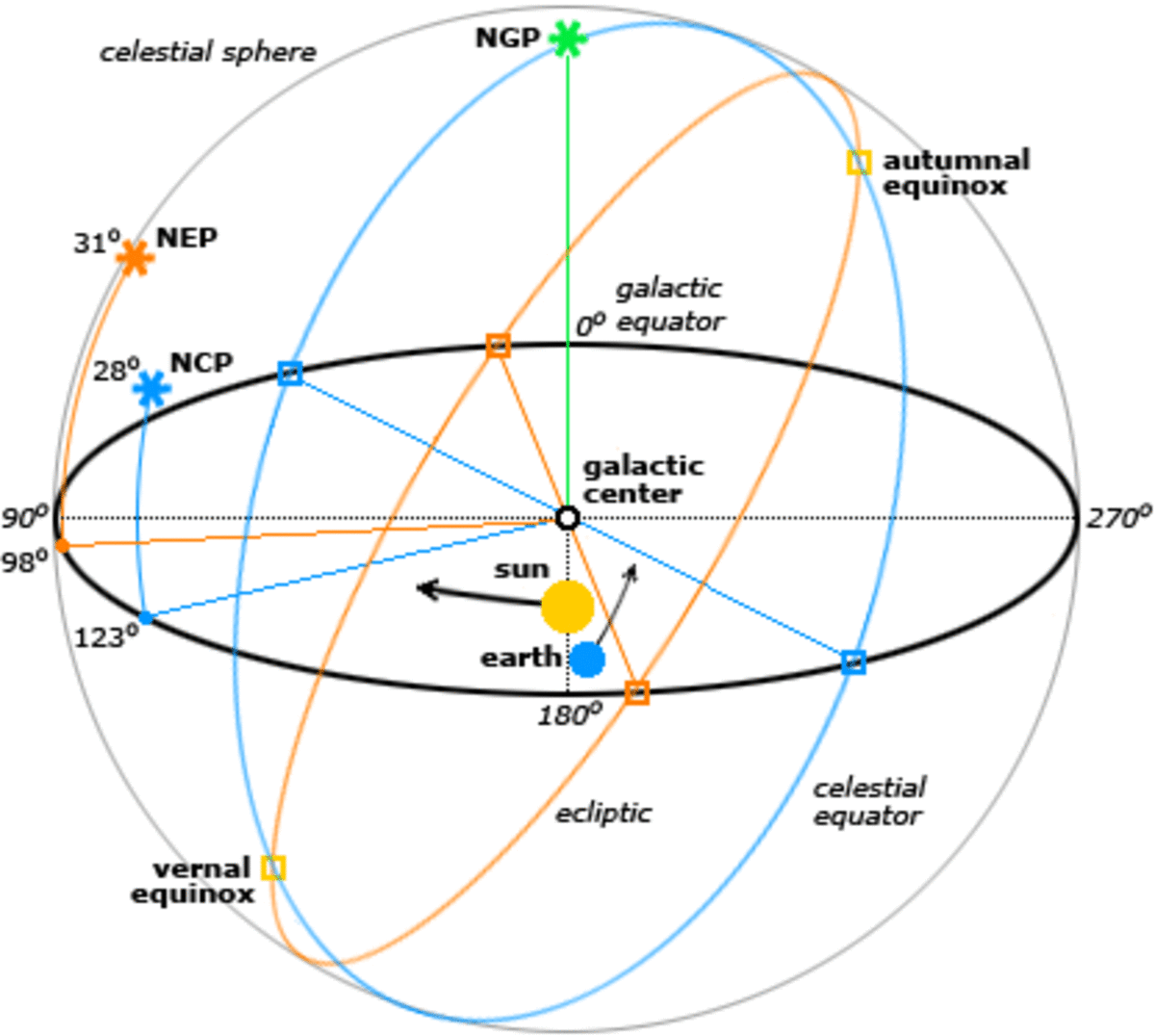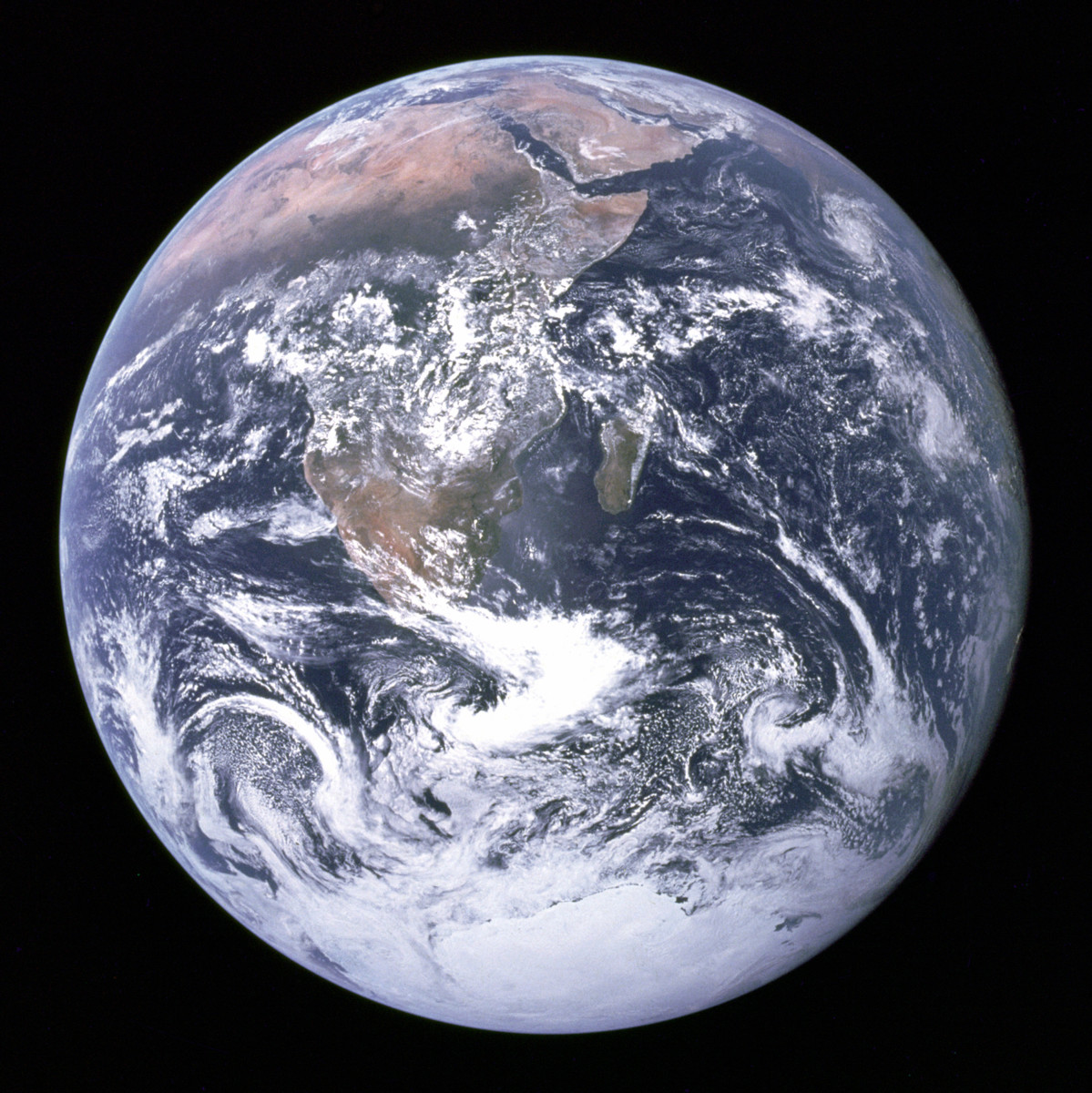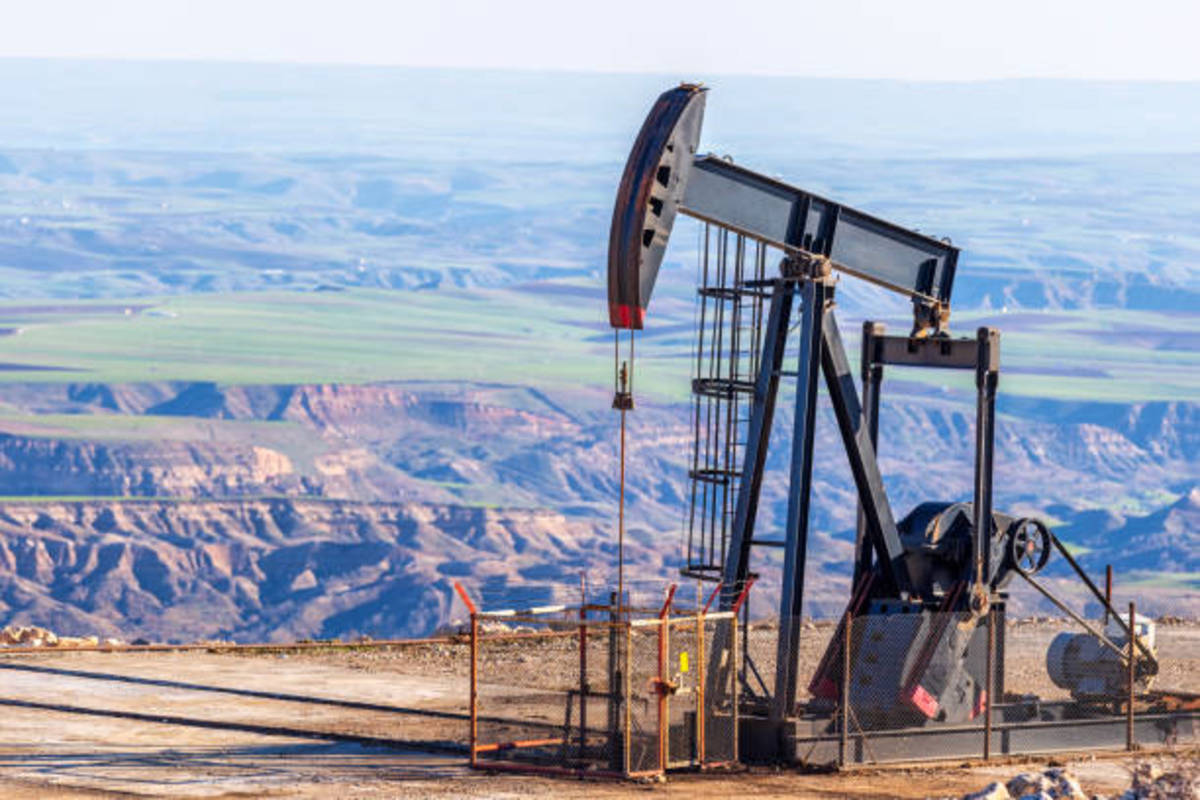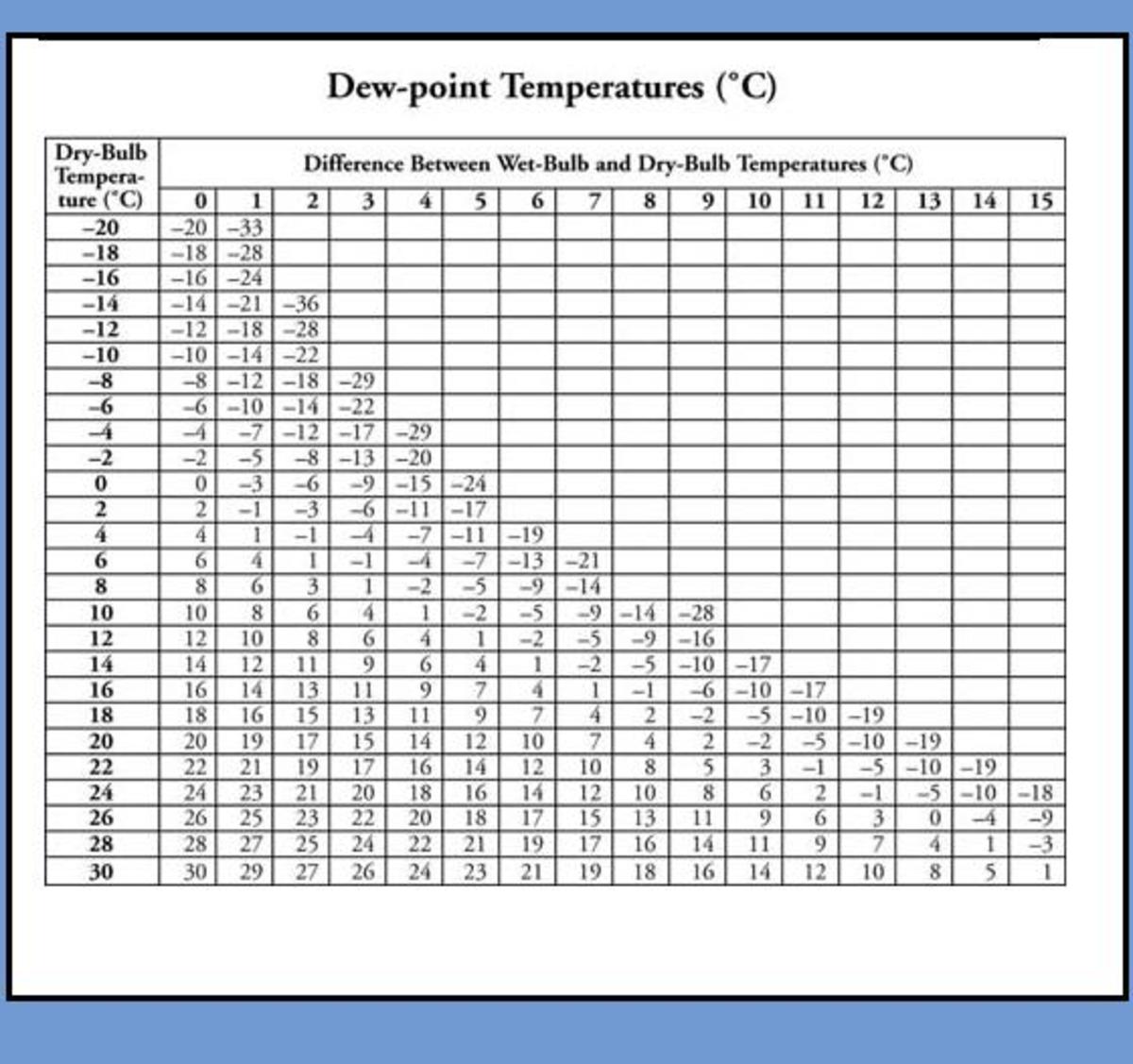You Are Currently Moving at about 1,000 mph!

Hubs on Some Fun Facts
- Ever Wonder What is in the Air We Breathe?
The air you breathe makes a difference. - The Effects of Global Climate Change on Indigenous People
What does climate change mean for indigenous communities across the world?
Imagine yourself being hurled through space at hundreds of miles per hour. Well, you actually are. The Earth spins on its axis every day at a little over 1,000 mph. Yet, the Earth not only rotates on its own axis, the Earth also has different rotations known as Milankovitch Cycles. They include the Earth's tilt, the Earth's wobble, and the Earth's orbital path around the sun.
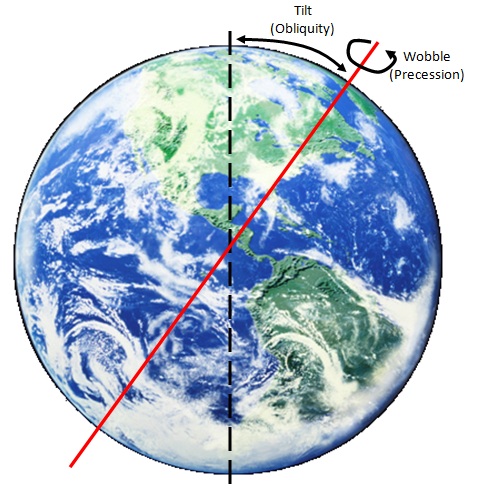
Hubs on "The Control of Nature"
- Cooling the Lava: The Battle to Save Heimaey
Read about the terrifying ordeal of waking up to an active volcano erupting just outside your front door and how a town was sacrificed. - Controlling Nature?
A look at John McPhee's several examples of failed attempts to control nature in "The Control of Nature." They are given to illustrate that people are the mercy of the elements.
Tilt
Imagine a common globe found in a classroom. The globe never stands straight up and down; it is always tilted. This tilt actually represents the Earth's tilt, known as obliquity. The Earth's obliquity works on a cycle that is about 40,000 years. This means the Earth's tilt is either more toward the north pole or more toward the equator during these 40,000 years.
Wobble
Now imagine a spinning top. As the top begins to slow down the north pole begins to wobble in a circle that becomes larger and larger until the top hits the floor. The Earth's wobble, or precession, is similar; however, the Earth will never hit the imaginary floor. In fact, the Earth's precession works on a cycle that is roughly 20,000 years long. So, during this 20,000 years, the Earth's wobble is either more wobbly or less wobbly.
Orbit Around the Sun
Now, I am sure many of you know that the Earth travels around the Sun; however, the Earth's orbit around the Sun, or eccentricity, is not exactly circular. In fact, the Earth's eccentricity is actually more oval shaped and has a cycle of about 100,000 years. During this 100,000 years, the Earth is either closer to the sun or farther from the sun; however, it is still making one orbit around the sun each year.
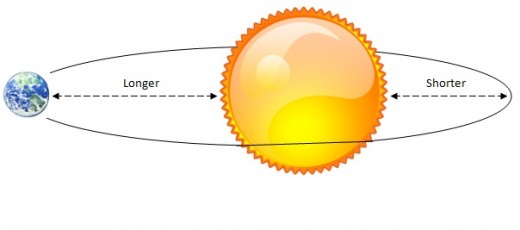
Do you know why the seasons occur?
Why does the Earth have seasons, ie. Spring, Summer, Fall, and Winter?
Answer to Poll Question
Although the answer may appear to be the Earth's eccentricity, or the orbital path around the sun, the answer is the Earth's tilt. At certain times of the year the top half, or northern hemisphere is more directly pointed towards the sun and at other times the bottom half, or southern hemisphere is more directly pointed towards the sun. These variations in obliquity cause the seasonal changes on Earth.
You Are Still Moving Incredibly Fast
Next time you are laying on the couch at home watching TV and someone says, "Get up and move around!" You can tell them, "I am moving! I am moving at about 1,000 mph right now!!" And, in fact, you are not only moving at 1,000 mph with the planet, you are also moving around the sun too.
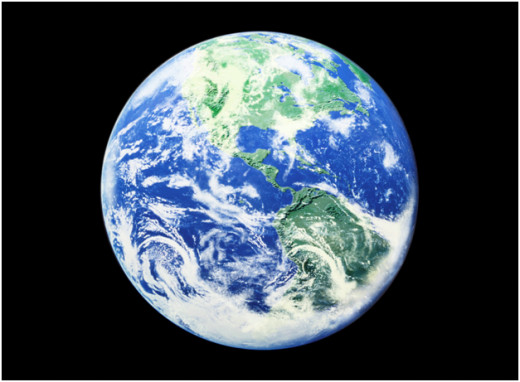
© 2012 morningstar18


